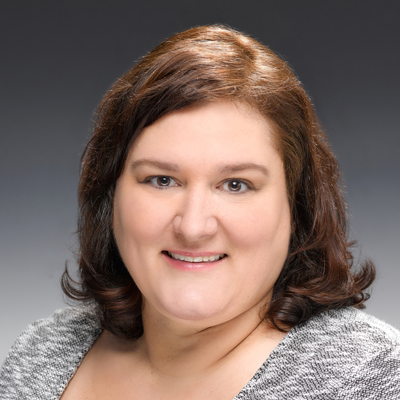We’ve heard about nurses not being fully prepared when they leave school and in some cases being given the same responsibilities as nurses with decades of experience. What do you think needs to change about their education?
Greanias: In the Reimagining Nursing Initiative, we're focused on that new nurse going into practice: how do we prepare that nurse differently so that they're more successful? The academic setting has been slow to change and so the burdens have been placed on the employers to create nurse residency or other training programs. We're trying to figure out if there’s a way to fundamentally change nursing education, including a move toward competency-based education versus educating to the test.1 Because of a shortage of clinical preceptors, it’s also hard for nursing students to find opportunities to get hands-on experience. We’re looking into things like simulation. But then how do we take that to the next level — how do we embed social determinants of health and health equity into those simulations? How do you prepare nurses to treat not just one patient, but multiple patients?
How do you see technology as helping practicing nurses?
Greanias: One way I think about it is: what technologies and tools might actually help nurses instead of adding to their work burdens? Many of the proposals we’ve received are looking at tools that can take some of the routine tasks nurses do and automate them. Nurses spend a lot of time just trying to find equipment. So, for example, there's an AI-fueled decision support tool that’s trying to anticipate the needs of the nurse and deliver supplies.
You also called for proposals for ways to pay nurses for services like care delivery and care coordination. Why are these needed?
Greanias: Right now, Medicare and other payers don’t directly pay nurses for their work but roll the costs of nursing into facility operations or physicians’ fees, for example. Without directly paying for nursing care and coordination, the value of nurses is hidden and decisions on investment in nursing are driven by costs and not the potential for revenue generation. As we open up new pathways for direct reimbursement, it’s also critical that value-based payment models are part of the discussion. Some innovators are trying to create more entrepreneurial opportunities, positioning nurses as the primary care providers and leveraging their holistic view of what patients and families need. One of the most interesting new approaches that I've seen is NaviNurses, which is like Uber for nurses. So if I’m a patient being discharged from the cardiac unit, I can take my app and order a cardiac nurse. Then that nurse would come to the hospital, get the instructions, take me home, educate me on how to manage my condition, and make sure that my follow-up appointments are made. Preliminary data collected by Navi demonstrates this approach can avoid readmissions and reduce medication errors while improving quality of life for clients, caregivers, and staff. Most of the nurses working for NaviNurses are part-timers picking up shifts. And obviously the additional income is great for them. But what they're also hearing from their nurses is that it's really re-energizing them to be able to provide care in different ways.
To date, NaviNurses is only accepting direct payments from patients. What might it take for nurses to find different ways to be paid by commercial insurers as well as Medicare and Medicaid?
Greanias: There are a lot of challenges, for example, different states have different rules related to nurses’ scope of practice. In full-practice states, nurse practitioners can be independent primary care providers — diagnosing and treating patients, including prescribing medications. In other states, nurse practitioners must formalize a practice agreement with a supervising physician, which includes paying for that physician’s time. We saw things opening up during the pandemic in really exciting ways, and now there’s pressure to reduce nurses’ scope of practice again, with a lot of the arguments for doing so rooted in patient safety. It suggests a lack of understanding of nurses’ expertise and their education, which prepares them to take care of patients directly and use judgment to know when they need to bring in other professionals to support the patient.
Other barriers to direct reimbursement are more mundane, but solvable. These include electronic health records that aren’t built to detail nursing care and coordination and a lack of billing codes to request direct reimbursement for nursing care and coordination from both private and public payers.

